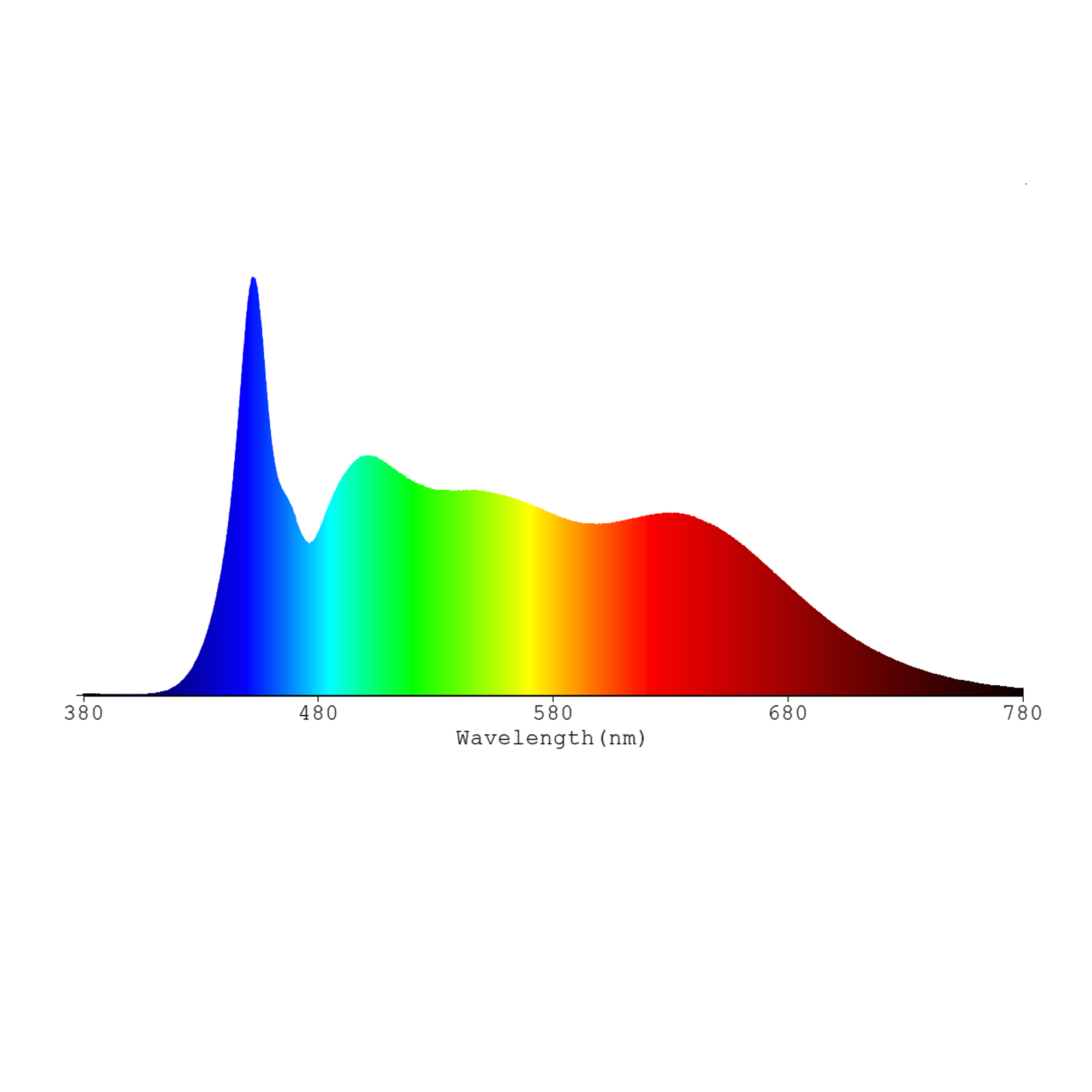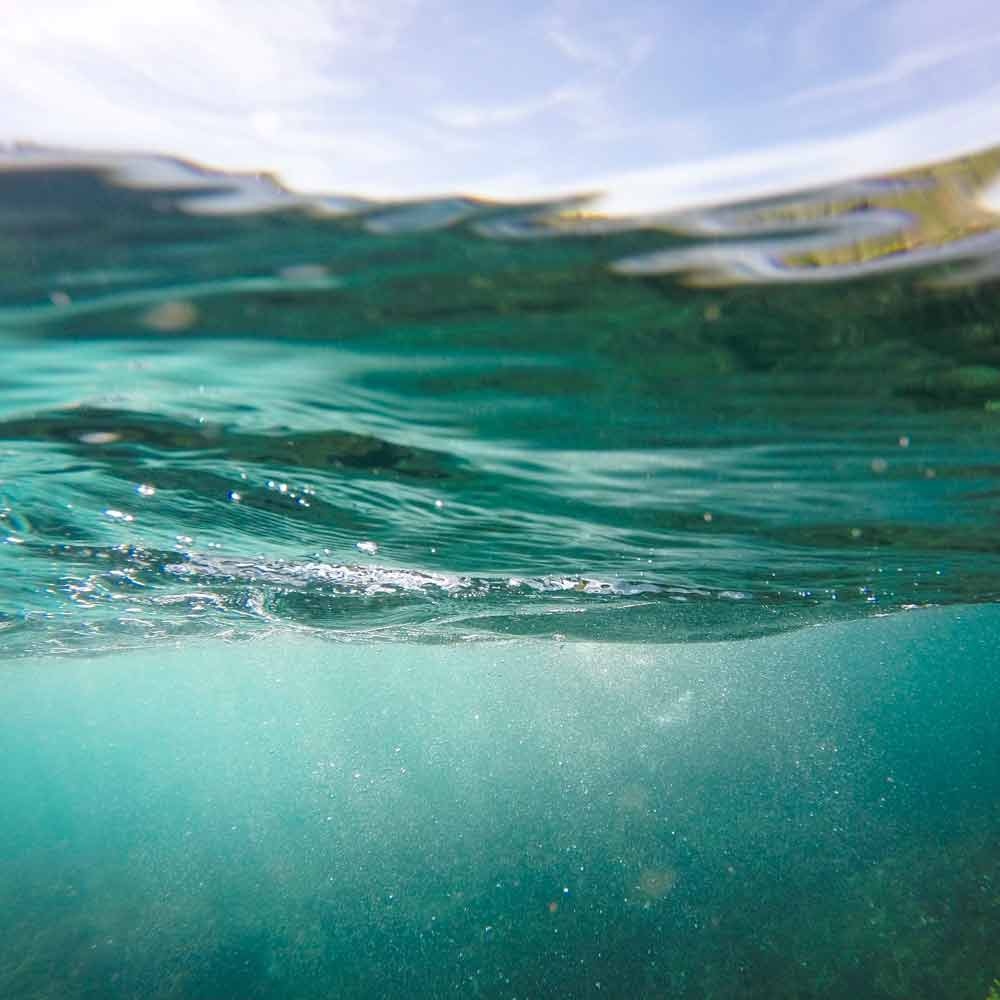
Aquarium & Planted Tank
Aquarium and Planted Tank Lighting is All About the Spectrum
When discussing lighting needs for specialized applications like aquaria and planted tanks, it isn't enough to just discuss color temperature or labels like "daylight" or "actinic."
Why not? The light that humans, fish and plants "see" is the actually the result of different wavelength combinations. For any given light color, however, an infinite number of different wavelength combinations can result in the same perceived color.
As a result, even if a light's color appears the same, that does not necessarily mean that it contains the same wavelength combinations. When it comes to fish, coral and plant health, the wrong wavelength combinations can be detrimental to the overall health as well as appearance.


Welcome to the Photic Zone
Did you know that 90% of all marine life is located in the photic zone?
The photic zone is where sufficient levels of natural daylight is present to enable photosynthesis to occur.
Unless your tank contains only deep water organisms, your fish, coral and aquatic plants all depend on sufficient quantities and quality of light to thrive.
Many aquarium lighting products have a blue or actinic bias, which attempts to mimic the color of the deep ocean. Unless your tank consists exclusively of deep water organisms, overall health can suffer from a lack of full spectrum light.
Welcome to the Photic Zone
Did you know that 90% of all marine life is located in the photic zone?
The photic zone is where sufficient levels of natural daylight is present to enable photosynthesis to occur.
Unless your tank contains only deep water organisms, your fish, coral and aquatic plants all depend on sufficient quantities and quality of light to thrive.
Many aquarium lighting products have a blue or actinic bias, which attempts to mimic the color of the deep ocean. Unless your tank consists exclusively of deep water organisms, overall health can suffer from a lack of full spectrum light.

What happens to light as it travels through water?
Water is more than 800 times more dense than air, and as a result, significant amounts of light are absorbed as it travels through water.
The absorption of different wavelengths is uneven, however. Longer wavelength light such as red and yellow light are absorbed more, making it difficult for these wavelengths to travel through deeper waters. As a result, longer wavelength light such as blue and violet are less prone to absorption by water, giving rise to the dark blue appearance commonly seen in deep water environments.
Use the slider to simulate the spectral power distribution and light color as water depth increases.

The Importance of Red Light
Did you notice how quickly red wavelengths diminish in energy as you go deeper?
One of the primary reasons aquatic plants, coral and epipelagic fish and organisms thrive in shallow water is that there is sufficient light energy for photosynthesis. This process relies heavily on chlorophyll, which absorbs light in the red wavelength range.
If your tank has any organisms whose natural habitat is shallow water, full spectrum white light with sufficient red wavelength energy is absolutely critical.

The Importance of Red Light
Did you notice how quickly red wavelengths diminish in energy as you go deeper?
One of the primary reasons aquatic plants, coral and epipelagic fish and organisms thrive in shallow water is that there is sufficient light energy for photosynthesis. This process relies heavily on chlorophyll, which absorbs light in the red wavelength range.
If your tank has any organisms whose natural habitat is shallow water, full spectrum white light with sufficient red wavelength energy is absolutely critical.
Introducing PhotonTube for Aquarium & Planted Tank
We have developed specialized LED lamps that provide full spectrum light with sufficient red energy to promote photosynthesis and healthy growth in your tank. By generating a light spectrum that approximates natural daylight, all organisms whose natural habitat comes from the photic zone will benefit. Our lights have a 95 CRI rating and are available in 4000K and 6500K.
Our LED lamps are available in T5 and T8 form factors, and are ballast compatible - simply replace your old fluorescent bulb - no rewiring needed!
$159.00
PhotonTube™ T8 LED Grow Light Tube for Planted Tank & Aquarium